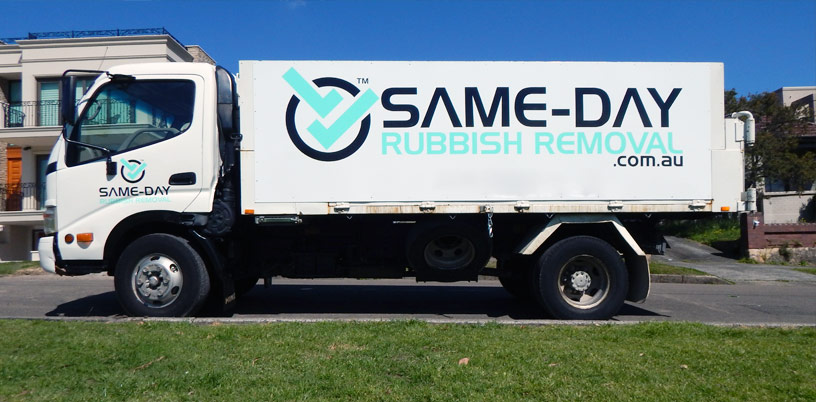The Ultimate Guide To Picking The Appropriate Dumpster Size For Your Task
The Ultimate Guide To Picking The Appropriate Dumpster Size For Your Task
Blog Article
Posted By-Cabrera Davies
When embarking on a project that calls for a dumpster, the size you pick can substantially influence its efficiency and cost-effectiveness. Imagine having the best container that suits all your waste without being exceedingly big or also small. Everything starts with recognizing the subtleties of your project and selecting a dumpster size that straightens with your certain needs. So, prior to you choose, consider the aspects at play to make certain a seamless waste monitoring process from beginning to end.
Elements to Consider
When deciding on the best dumpster dimension, there are numerous key elements to consider.
First, think of the kind of waste you'll be getting rid of. dumpster rental services near me may need differing amounts of area, so understanding what you'll be placing in the dumpster is important.
Next off, assess the amount of waste you expect to create. If you ignore the volume, you might need to make several trips to take care of whatever, which can be inconvenient and pricey. On the other hand, renting out a dumpster that's too large can lead to unneeded costs.
Furthermore, take into consideration the space where the dumpster will be put. Guarantee there's enough space for the dumpster to be delivered and grabbed without any blockages.
Last but not least, think of any type of weight limitations that might use. Going beyond the weight limitation can lead to added charges or perhaps the refusal of service.
Dumpster Size Options
For selecting the appropriate dumpster size, it's essential to have a mutual understanding of the offered alternatives. Dumpster dimensions normally range from 10 to 40 cubic backyards, with variants in between.
A 10-yard dumpster appropriates for little tasks like a garage cleanout or a little renovation. If you're taking on a medium-sized job such as a kitchen remodel or a cellar cleanout, a 20-yard dumpster could be the appropriate option.
For just click the up coming post like a whole-house remodelling or industrial building and construction, a 30 or 40-yard dumpster could be preferable to fit the volume of waste produced.
When choosing a dumpster dimension, think about the quantity and type of debris you expect to take care of. It's much better to select a somewhat bigger dimension if you're unsure to prevent overfilling. Remember, it's even more cost-efficient to lease a dumpster that fits your needs instead of needing to purchase an added one.
Matching Dimension to Task
Efficiently matching the dumpster size to your project is essential for efficient waste management. To figure out the right dimension, think about the scope and nature of your task.
For small family cleanouts or remodellings, a 10-yard dumpster might be enough. These are typically 12 feet long and can hold about 4 pickup truck tons of waste.
For mouse click the next web site like renovating numerous rooms or cleaning out a large estate, a 20-yard dumpster may be preferable. These are around 22 feet long and can hold approximately 8 pickup loads.
If you're dealing with a significant construction task or industrial improvement, a 30-yard dumpster could be the best fit. These dumpsters have to do with 22 feet long and can suit regarding 12 pickup loads of particles.
Matching the dumpster size to your job ensures you have adequate area for all waste materials without paying too much for unused ability.
Conclusion
In conclusion, selecting the ideal dumpster dimension for your project is critical for reliable waste disposal. By taking into consideration variables like the type and amount of waste, room accessibility, weight limitations, and budget plan restrictions, you can guarantee you have the proper size dumpster for your requirements. Make sure to match the size of the dumpster to the range and nature of your task to avoid overspending on unneeded expenditures.
